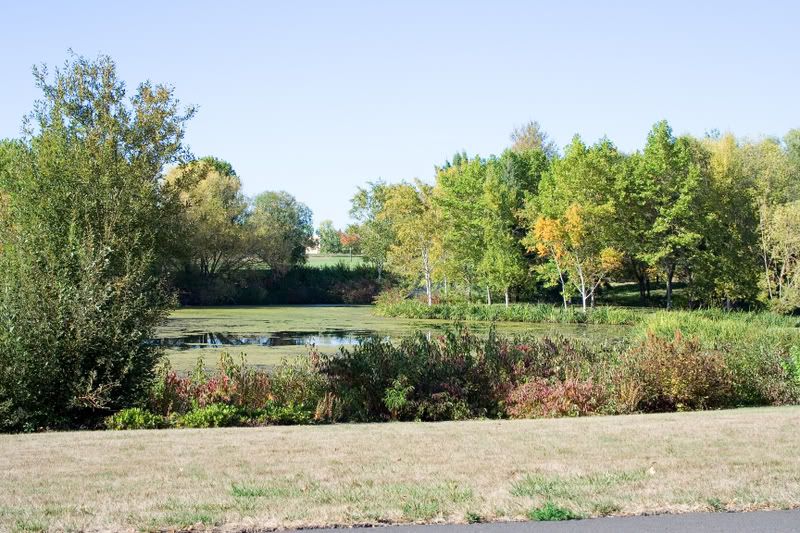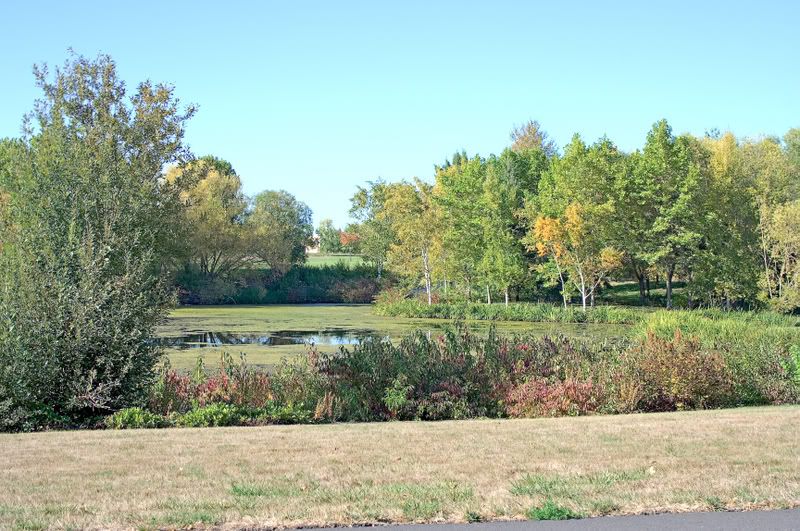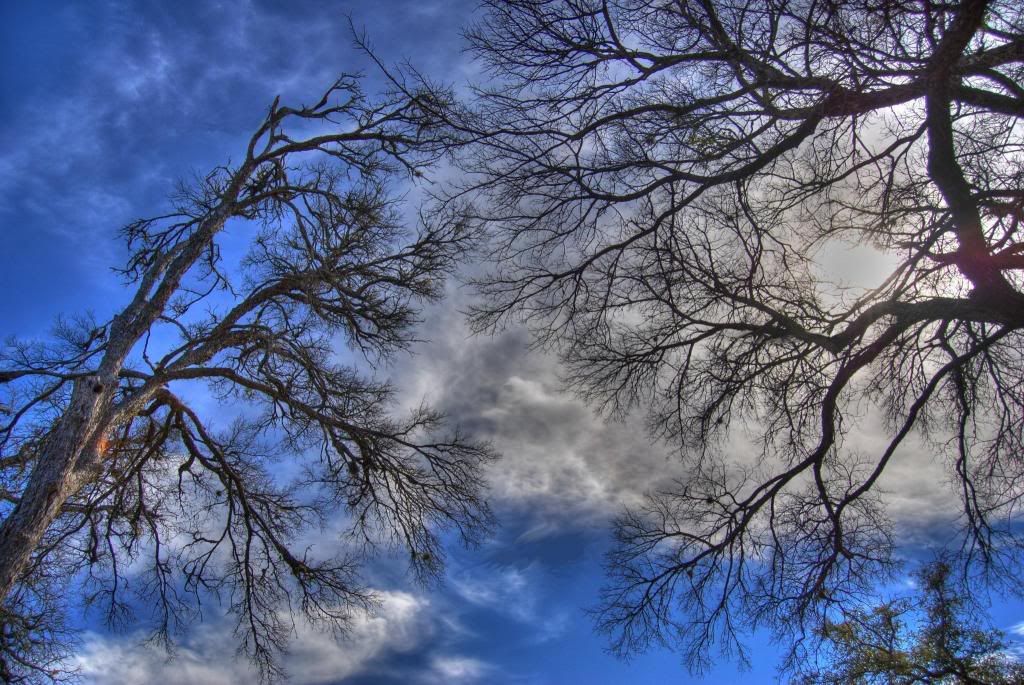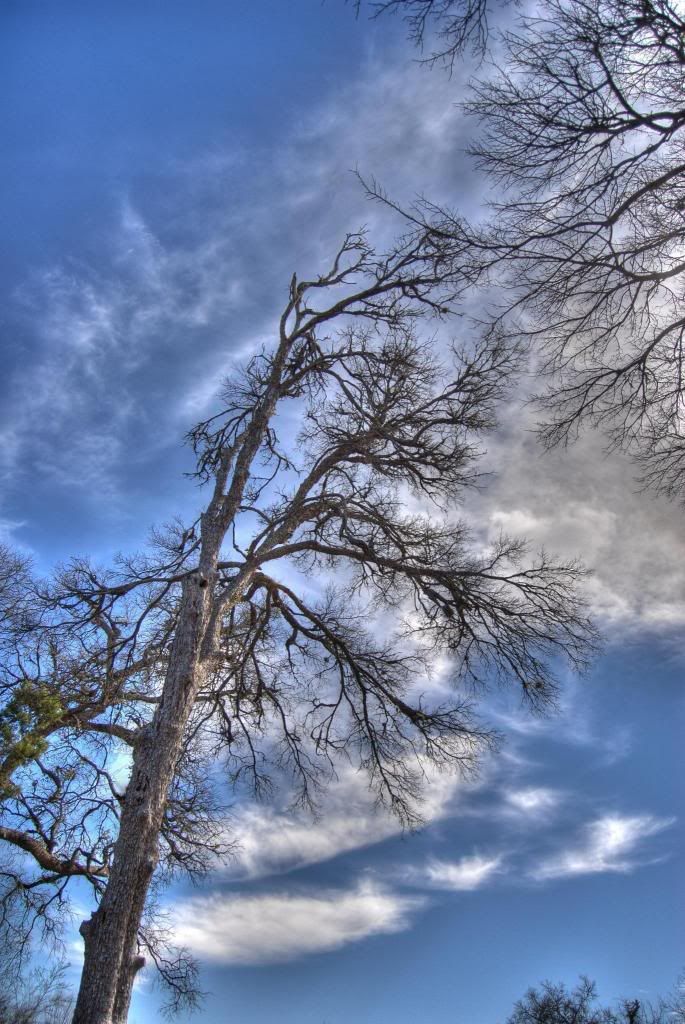I recently saw a thread by ravensmore in the critique forum and then had to look up hdr as I hadn't heard the term before.
I'm getting mixed information elsewhere so am asking here.
The examples I've seen are quite dramatic but of course they are from sites trying to sell me something.
Some are saying the same thing can be accomplished with layers in photoshop.
Is this true?
I'm using photoshop elements 5.0.
I see there are plugins or upgrades for cs2.
Is it just easier than using layers to accomplish the same thing?
All info will be greatly appreciated.




 LinkBack URL
LinkBack URL About LinkBacks
About LinkBacks
 Reply With Quote
Reply With Quote

 I think HDR is the shiznit for landscape and architectural photography. I'll see if I can post the original photos and the hdr photo from my hdr photo in the critique section. The differences are pretty dramatic.
I think HDR is the shiznit for landscape and architectural photography. I'll see if I can post the original photos and the hdr photo from my hdr photo in the critique section. The differences are pretty dramatic. 








